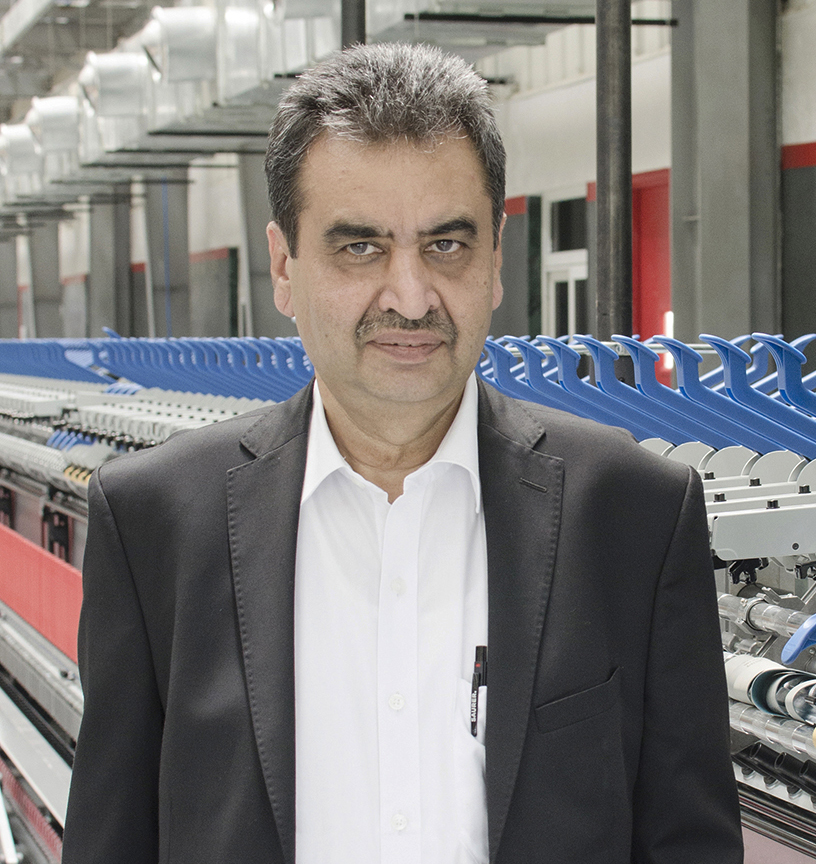Overall sentiments are positive toward Budget 2021 being growth-oriented. Although, Textile Industry was looking for some immediate & major action towards inverted GST Structure, Removal of ADD on Viscose fiber, etc. but it is missing. Even then nothing much is there to criticize. It is an attempt to empower the Indian textile industry to become globally competitive, attract large investments, and boost employment generation. The taxation changes proposed in the Budget will help and benefit MSMEs. Measures taken to simplify GST are praiseworthy with the hope that Government will take corrective measures to smoothen the GST further by removing anomalies such as the inverted duty structure. The focus is on Atamnirbhar Bharat to promote local business. But the imposition of BCD on cotton is a matter of deep concern for cotton textile producers.

The establishment of 7 Mega Integrated Textile Region & Apparel Parks MITRA) aims to create a world-class infrastructure with plug and play facilities to enable the creation of global champions in exports. These parks will be set up over 1,000 acres of land with world-class infrastructure over 3 years. It will enable the creation of global champions in textile export. It will help to increase our export position for which we are struggling against small nations like Bangladesh, Vietnam, etc. With the concept of these mega parks with a plug and play model, the Indian Textile and apparel sector – particularly SMEs can work on scale and build competitiveness in manufacturing. It will help in manufacturing excellence. Further, these parks can be aligned with Sustainable Goals to attract international buyers as well as investors. Need is to select the locations appropriately considering all factors.
The intention to put the custom duty on cotton from Nil to 10% may be to improve the condition of the farmers. Cotton and cotton waste shall now onwards attract a basic customs duty of 5% and 10% respectively. Also, Cotton shall have the additional burden of Agriculture Infrastructure and Development Cess at the rate of 5% which would increase the levy up to 10%. It is not welcome by Cotton Industry. Apprehension is, it will contribute to the shoot-up of domestic cotton prices resulting in weakening the competitiveness & sustainability of cotton textile & export which is at present is strength of the Indian T & A Industry. We can say there is a mixed reaction. The majority views are that the levy of 10% duty will not benefit the cotton farmers as the normal import of 12 to 14 lakh bales per year accounts for only around 3% of Indian cotton production and consumption and that also for such cotton which is not produced in India. No doubt, the import of cotton by Indian spinners is expected to decline by this measure.
Nylon chain is brought on par with polyester and other man-made fibers, basic customs duty (BCD) rates on caprolactam, nylon chips and nylon fiber & yarn have uniformly reduced to 5% from the earlier 7.5%. The existing status is that India is a net importer of these products as domestic capacity is lesser than demand.
It is a welcome step. It will make the MMF industry to be more competitive. No need to mention, one of the weakest sections of our export is MMF. It will be a step forward to improve.
We welcome this increase in budget allocation for textile & specifically enhancing allocation for Amended TUFS. It will definitely help to clear the outstanding subsidy, which is much needed in this crisis. Budget allocation to the Textile Ministry has been increased to Rs. 3631.64 crores for the year 2021-22 as against last year’s revised allocation of Rs. 3300 crores. For Amended TUFS, the increase is from INR545 Crore to INR 700 Crores.
Clean air & Renewable energy is touched by Hon. Minister during her speech but nothing is mentioned about Water conservation & wastewater management. Textile is a water-intensive industry & also one of the grossly polluting industries which may be discharging wastewater more than100 Kilo liters a day. It needs further attention.